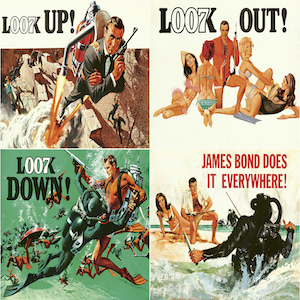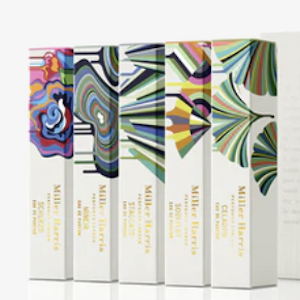Romance: Romanticised War
By Jo Phillips
Is there still a need for war art in the 21st century? The use of photography as the primary source of capturing events of war has enabled public awareness of the destruction war can cause to soldiers, civilians and land. Although war art can sometimes be romanticised and seem unrealistic, we sometimes can still interpret paintings in the same way as photographs.
Origins of war art: An early painting that depicted war was Liberty Leading the People by artist Eugene Delacroix from 1830. The painting memorialised France’s July Revolution. The painting showcases a woman personifying the concept and the goddess of liberty, leading people forward. This early painting is a glorified depiction of how the Romantics wanted war to be interpreted. The transition of war art in the 19th century to the 20th century onwards,was more naturalistic, honest and sombre. This is shown in the colours that the artists used and the scenarios they chose to interpret.
The transition of war art in the 19th century to the 20th century onwards,was more naturalistic, honest and sombre. This is shown in the colours that the artists used and the scenarios they chose to interpret.
A prime example of an anti-war painting is Pablo Picasso’s 1937 painting Guernica. Being known to not voice his political views, the painting does not show war as a victorious subject, but more as a cry for help. The painting was a response to the bombings on the Spanish town Guernica, and brought worldwide attention to the Spanish Civil War. The painting is said to be Pablo Picasso’s warning that the suffering his people endured was causing destruction, and that humanity needs to be united as one. Waltz with Bashir, the animated war docu-film directed by Ari Folman, depicts an Israeli Soldier in search of his lost memory after the war. The animated film gained much success and ends with animation dissolving into real footage of the aftermath of the massacre. (sorry for the spoiler !) It brings the viewer back to reality and the illustrations dark colours and shadows are more surreal and nightmarish.
Waltz with Bashir, the animated war docu-film directed by Ari Folman, depicts an Israeli Soldier in search of his lost memory after the war. The animated film gained much success and ends with animation dissolving into real footage of the aftermath of the massacre. (sorry for the spoiler !) It brings the viewer back to reality and the illustrations dark colours and shadows are more surreal and nightmarish.
War Art in the 21st Century: :‘War artists in Afghani
stan’-‘Beyond the Wire’ showcases the work of Jules George and a combination of four other war artists’ experiences in the beginning of the most gruesome year for British troops in 2010. The water colours, oil paintings and moving sketches are true experiences and capture the miscellaneous moments of the Afghanistan war and more. Their work aims to capture the vast landscapes of Afghanistan and the soldiers out in patrol, in addition Jules puts his work in perspective as he tells a story about painting and sketching in such an intense battlefield. This war book is truly poignant and subjective; with the use of the dark and dingy colours, it reflects a mood appropriate of the war. The paintings have a feel of brutality, and sheer truth. They use the delicacy and intricacy of painting and transfer the gruesomeness of war as if it were a photograph.
This war book is truly poignant and subjective; with the use of the dark and dingy colours, it reflects a mood appropriate of the war. The paintings have a feel of brutality, and sheer truth. They use the delicacy and intricacy of painting and transfer the gruesomeness of war as if it were a photograph.
Demi Bailey Paul



